Python Programming Certification Course
- 66k Enrolled Learners
- Weekend/Weekday
- Live Class
In this digital transformation era, data is at the heart of decision-making. Data science has gained prominence, playing a crucial role in deriving insights from vast volumes of data. Aspiring data scientists must familiarize themselves with the best programming languages in their field.
Here are the top 11 programming languages for data scientists, listed in no particular order:
Python is a flexible programming language renowned for its ease of use, readability, and a large library of functions. Due to its strong data analysis and manipulation skills, it has significantly increased its prominence in the field of data science. Python offers a strong ecosystem for data scientists to carry out activities like data cleansing, exploration, visualization, and modeling thanks to modules like NumPy, Pandas, and Matplotlib.
Python is the best language for managing massive datasets and effectively performing complex algorithms because of its syntax and variety of packages. The ease with which data analysis workflows may be documented and shared thanks to its seamless integration with other well-liked data science tools, such as Jupyter Notebooks.Python’s adaptability goes beyond just data analysis and manipulation, too. It can be used for web scraping, machine learning, and natural language processing.
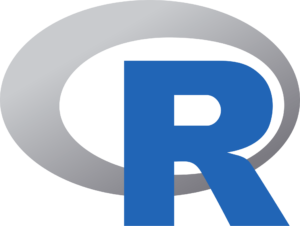
R is a widely-used programming languages for data scientists and open-source software environment for statistical computing and graphics. It provides a comprehensive set of tools and libraries for data manipulation, analysis, and visualization. R is particularly useful in data science due to its extensive collection of packages and functions designed for statistical modeling, machine learning, and data visualization.
With R, data scientists can efficiently clean and preprocess data, perform advanced statistical analyses, build predictive models, and generate insightful visualizations. Its flexibility and rich ecosystem allow for seamless integration with other data science tools and technologies. R’s popularity in the data science community is also evident through its active community support and continuous development of new packages and techniques.
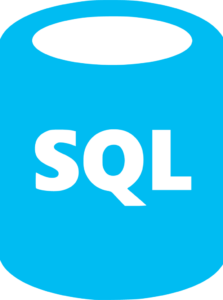
Structured Query Language, or SQL, is used to manage and work with relational databases. It is a crucial tool for data scientists since it enables users to create, retrieve, edit, and delete data from databases.SQL (Structured Query Language) is indispensable when it comes to handling structured data stored in relational databases. Data scientists use SQL to query, update, and manipulate data. Knowing SQL can help data scientists efficiently extract the data needed for analysis.
Data scientists can use SQL to write queries that get particular subsets of data, join various tables, perform aggregations, and use sophisticated filtering methods. Data scientists can also organize unstructured raw data using SQL so that it can be analyzed with statistical and machine learning methods. Overall, SQL enables data scientists to quickly access and modify massive databases, making it easier to extract useful information and promoting the manipulation, analysis, and decision-making processes that are informed. It can be used for web scraping, machine learning, and natural language processing.
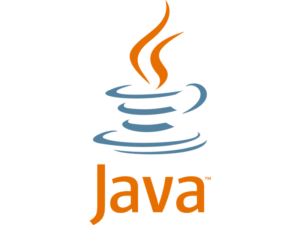
Java, a general-purpose language, has found a niche in big data analytics. Libraries like Hadoop and Apache Flink, written in Java, are extensively used for data processing in distributed computing environments. Its platform independence makes it a practical choice for developing portable data science applications.
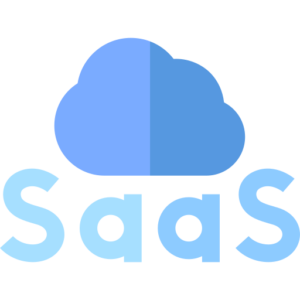
SAS (Statistical Analysis System) is a software suite used for advanced analytics, business intelligence, data management, and predictive analytics. It’s widely adopted in the healthcare and pharmaceutical industries due to its robust data analysis capabilities.
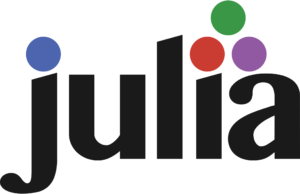
Julia is a high-level, high-performance dynamic programming language for technical computing. Its ability to perform tasks requiring high computational efficiency makes it a promising tool for handling complex mathematical operations and large data sets.

Scala, a statically typed language, is often used in conjunction with Apache Spark, a big data processing framework. Scala offers speed and scalability, making it suitable for large scale data processing tasks. It combines object-oriented and functional programming concepts, offering flexibility to data scientists.
MATLAB is extensively used in academia and engineering to perform numerical computing tasks. It has powerful libraries and tools for mathematical computation, visualization, and algorithm development. It’s especially useful for working on matrix and vector operations.
TensorFlow isn’t technically a language; it’s a free and open-source software library for machine learning and artificial intelligence. It’s typically used with Python or JavaScript, allowing users to create complex neural networks. TensorFlow is especially popular in the field of deep learning.
For systems-level work and cases where the speed of execution is crucial, C++ comes in handy. Many machine learning libraries (like TensorFlow) have some core components written in C++, which makes it an important language for data scientists to understand.
Swift, the successor of Objective-C, is gaining popularity in data science due to its performance and safety. Swift for TensorFlow (S4TF) project brings the power of TensorFlow directly into Swift. It is highly readable and offers seamless interaction with Python libraries.
Choosing the right programming languages for data scientists depends on the data science task at hand, the environment in which you’re working, and your personal preference. As a data scientist, it’s beneficial to have a versatile skill set that includes knowledge of multiple languages. Familiarity with the strengths and weaknesses of these languages can help you choose the right tool for each job.
Embark on Your Data Science Journey Today! Enroll in Our Comprehensive Data Science with Python Course and Master the Art of Data Analysis, Machine Learning, and Visualization. Don’t Miss This Opportunity – Start Building Your Data Science Skills Now!
 Thank you for registering Join Edureka Meetup community for 100+ Free Webinars each month JOIN MEETUP GROUP
Thank you for registering Join Edureka Meetup community for 100+ Free Webinars each month JOIN MEETUP GROUPedureka.co